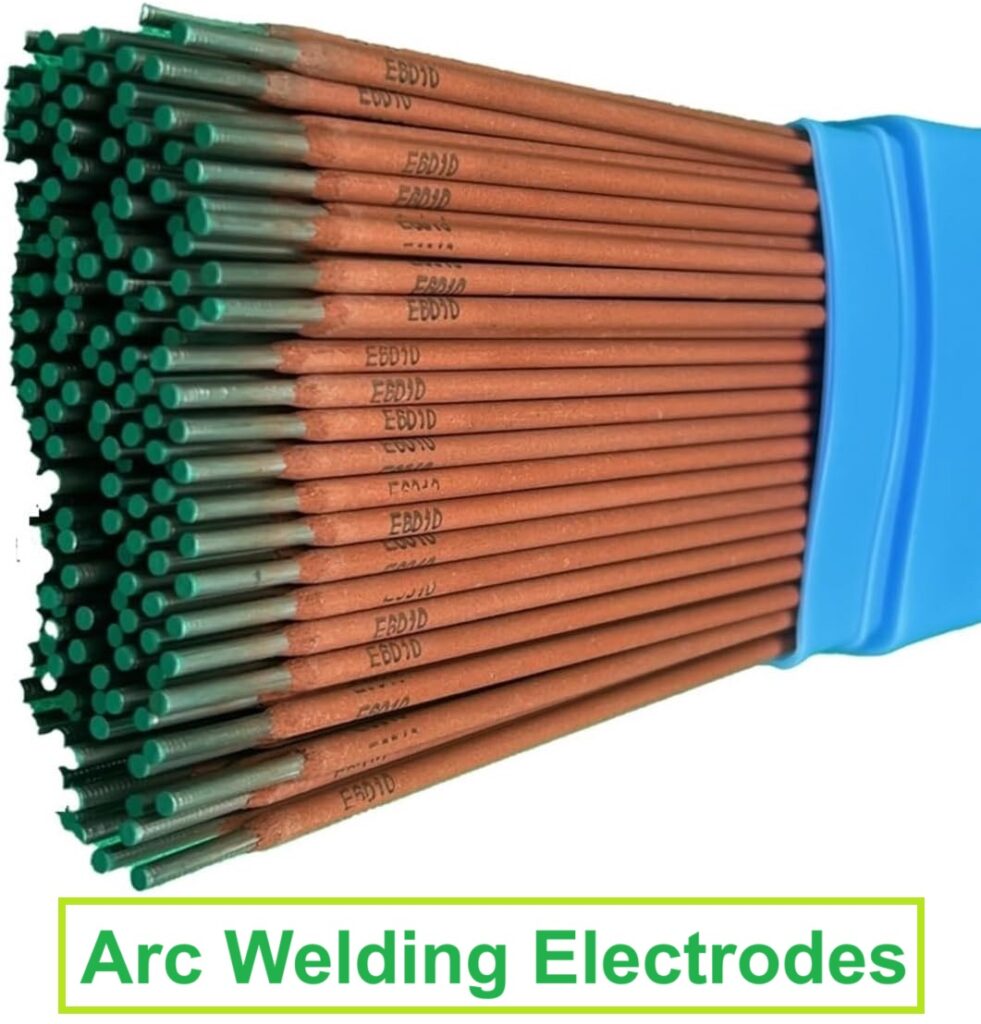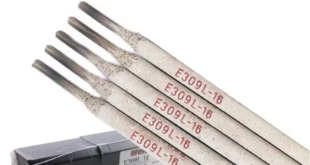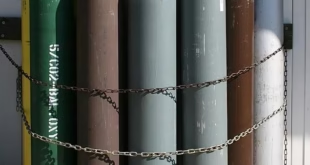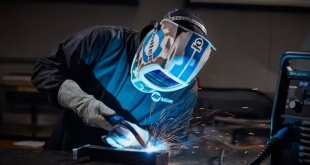Does Electrode Choice Matter? 6010 vs 7018
When performing Shielded Metal Arc Welding (SMAW) — more commonly known as stick welding — selecting the right electrode isn’t just a matter of preference; it’s a critical factor that can make or break your weld. Among the vast variety of electrodes available, E6010 and E7018 stand out as two of the most widely used, yet significantly different, options.
So, does electrode choice matter? The short answer is: Absolutely.
Let’s explain why and how by examining the fundamental differences between E6010 vs E7018 electrodes, from their coating composition and arc behavior to their typical applications and suitability in real-world welding scenarios.

Understanding Electrode Classification
Before comparing these two electrodes, it’s worth understanding what their designations mean. Stick electrodes are labeled using a system (commonly per AWS standards) that tells you:
“E” = Electrode for SMAW
First 2–3 digits = Minimum tensile strength of the weld metal (in ksi)
Second-to-last digit = Welding positions (1 = all positions, 2 = flat/horizontal)
Last digit(s) = Type of flux coating and suitable current/polarity
For instance:
E6010 → 60,000 psi tensile strength, usable in all positions, cellulose-sodium coating (DCEP only)
E7018 → 70,000 psi tensile strength, usable in all positions, low-hydrogen coating (AC or DCEP)
E6010 Electrode: The Deep Penetrator
Key Characteristics:
| Property | Value |
|---|---|
| Coating Type | High-cellulose sodium (0–10% iron powder) |
| Arc Behavior | Forceful, spray-type arc with deep penetration and high spatter |
| Slag | Thin, friable, and easily removed — minimal residue |
| Hydrogen Content | High (35–40%) due to cellulose decomposition |
| Position Suitability | All positions, especially good for vertical and overhead |
| Polarity | DCEP (Direct Current Electrode Positive) only |
| Bead Appearance | Rippled and flat |
Advantages:
Outstanding for root passes, especially in pipe welding
Can weld on dirty, rusty, or painted surfaces
Great for field repairs and out-of-position welding
Delivers deep penetration, perfect for full-fusion joints
Typical Applications:
Pipe welding (API grades A25, A, B, X42)
Pressure vessel tacking
Structural repairs in construction and shipbuilding
General-purpose farm and field maintenance
Downsides:
Not suitable for critical welds on high-strength steels (risk of hydrogen cracking)
Limited to DC polarity
Rougher appearance and more post-weld cleanup needed
E7018 Electrode: The Low-Hydrogen Workhorse
Key Characteristics:
| Property | Value |
|---|---|
| Coating Type | Low-hydrogen with iron powder (lime-basic flux) |
| Arc Behavior | Soft, stable arc with moderate penetration and minimal spatter |
| Slag | Heavy slag that’s easily removable |
| Hydrogen Content | Very low — designed to minimize hydrogen-induced cracking |
| Position Suitability | All positions, excellent for vertical and overhead welding |
| Polarity | AC or DCEP (flexibility in machine use) |
| Bead Appearance | Smooth, convex, and professional-looking weld bead |
Superior mechanical properties: tensile strength, toughness, ductility
Highly resistant to cracking, even in thick or high-carbon steels
Ideal for structural welding under stress or dynamic loading
Allows for higher deposition rates due to iron powder content
Preferred choice in critical applications, including bridgework, pressure vessels, and heavy machinery
Typical Applications:
Heavy plate fabrication
Bridges, buildings, and load-bearing structures
Ship hulls and pressure piping
High-strength steel welding
Nuclear, offshore, and military projects
Downsides:
Requires very clean surfaces for best performance
Electrodes are moisture sensitive — must be stored in ovens (100–150°C)
Not as forgiving on contaminated materials
Not ideal for root passes or gap-bridging work
6010 vs 7018: Side-by-Side Comparison
| Feature | E6010 | E7018 |
|---|---|---|
| Tensile Strength | 60,000 psi | 70,000 psi |
| Penetration | Very deep | Moderate |
| Welding Positions | All (excellent vertical/uphill) | All (smooth vertical-up) |
| Surface Tolerance | Excellent for dirty/rusty surfaces | Needs clean metal |
| Slag | Thin, easy to remove | Thick but lifts off easily |
| Arc Stability | Harsh, aggressive arc | Soft, smooth arc |
| Hydrogen Risk | High — not for crack-sensitive steels | Low — excellent for critical welds |
| Power Supply | DC (DCEP) only | AC or DC (DCEP) |
| Storage Needs | Minimal | Requires oven storage to remain dry |
| Typical Use | Root passes, field repairs, pipe welding | Structural welding, heavy plate, high-strength steel |
| Bead Appearance | Flat and rippled | Smooth and convex |
Why Electrode Choice Really Matters
You wouldn’t use a sledgehammer for fine wood carving — and in welding, using the wrong electrode can be just as problematic. Let’s explore why E6010 vs E7018 isn’t just a preference — it’s often a matter of necessity.
1. Penetration vs. Finish
E6010 is your go-to when digging deep, especially through grime, rust, or solid root penetration in pipe joints. E7018, on the other hand, gives you a sleeker, stronger finish, perfect for structural or visible welds.
2. Hydrogen Sensitivity
This is a big deal. E6010 generates a lot of hydrogen, which can cause cracking in high-strength steels. If your job involves critical joints, thick material, or alloys, you’ll want the low-hydrogen reliability of E7018.
3. Surface Conditions
Working in the field, on dirty or rusty steel? E6010 has your back. But if you’re in the shop, prepping clean joints and chasing weld perfection, E7018 is a more precise instrument.
4. Mechanical Properties
E7018 wins hands down when it comes to strength, toughness, and ductility. That’s why it’s often mandatory for jobs that need to pass inspection, whether by radiography, penetrant testing, or destructive testing.
5. Storage and Handling
E7018 rods are fussy about moisture. If they pick up water from the air, their low-hydrogen advantage disappears, and welds may crack. You’ll need storage ovens and good discipline. E6010 rods? Much more forgiving.
FAQs
Can I use E7018 for root passes?
Yes, but it’s not ideal. E7018 is better for fill and cap passes. E6010 is generally preferred for root passes due to its deep penetration and ability to weld through contamination.
Why is moisture a problem for E7018?
Because moisture introduces hydrogen into the weld pool, increasing the risk of cold cracking. E7018 must be stored in dry ovens to maintain low-hydrogen characteristics.
Can E6010 run on AC?
No. E6010 requires DCEP (DC electrode positive). If you need a similar electrode that can run on AC, consider E6011.
Which is better for overhead welding?
Both are rated for all positions, but E6010 is better for fast-freeze, high-penetration overhead passes. E7018 is good too, but requires more control and clean conditions.
Do these electrodes require special preparation?
E6010 doesn’t require much — it’s rugged. E7018 needs clean surfaces and dry storage but offers superior weld properties in return.
Final Recommendations
Choose 6010 when:
Deep root penetration is needed
Working outdoors or on dirty metal
You’re in the field with uncertain conditions
Choose 7018 when:
Structural integrity is essential
Weld appearance and code compliance matter
You’re working in a controlled environment
 Welding of Welders All about Welding and Welders
Welding of Welders All about Welding and Welders



